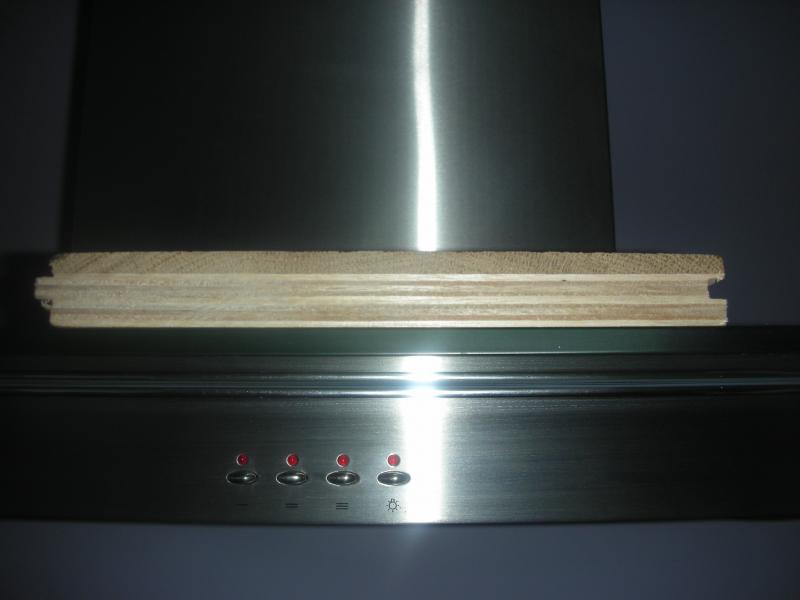Does anyone know if this is decent quality engineered oak flooring for my living room:
21mm thickness (on ply) 6mm wear layer
50% mix of A&B grade, 25% C Grade, 25% D grade
(Presumably the grades are industry standards?)
Sourced in Russia, Siberia
£30 sq m
Thanks
21mm thickness (on ply) 6mm wear layer
50% mix of A&B grade, 25% C Grade, 25% D grade
(Presumably the grades are industry standards?)
Sourced in Russia, Siberia
£30 sq m
Thanks



